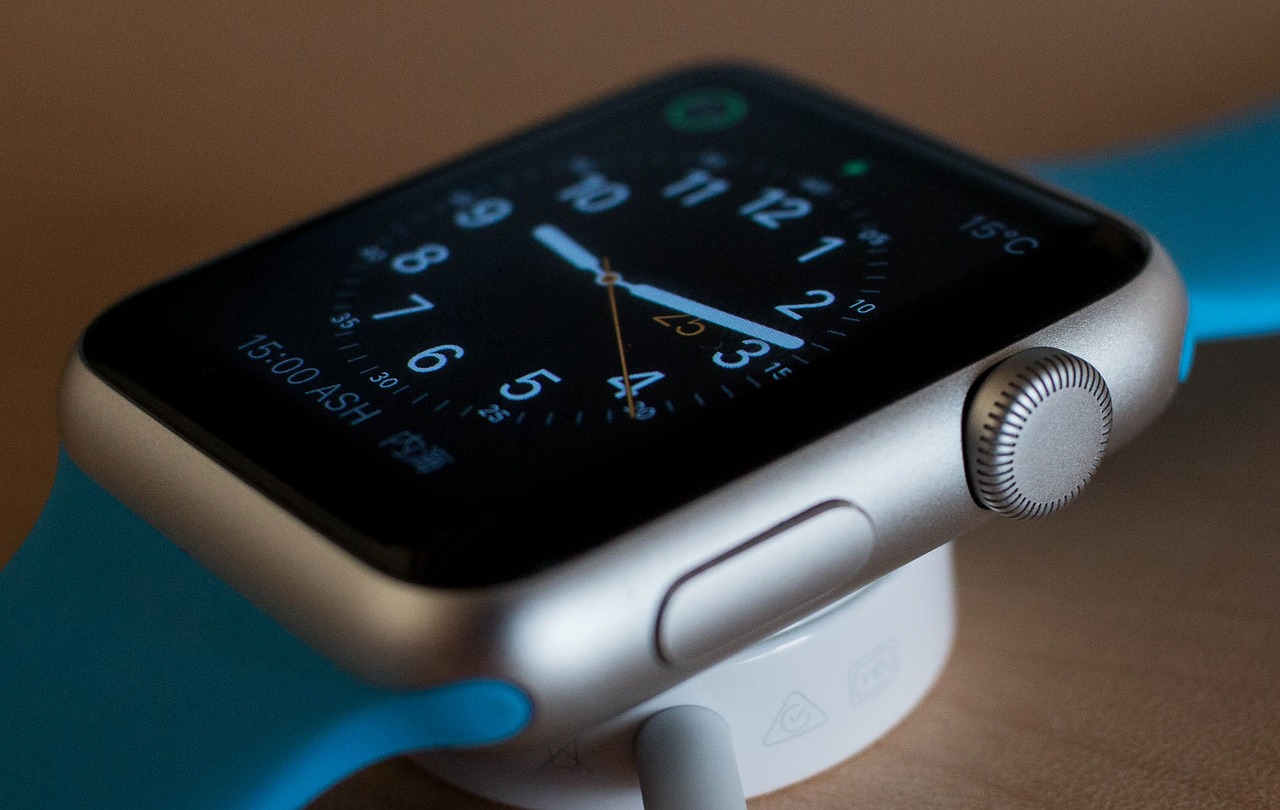Last week, U.S. insurance company Aetna announced that beginning this fall it will make a major push to help its members and employees become healthier. In addition to providing an Apple Watch to all of its employees—free of charge—Aetna intends to subsidize a significant portion of the cost of the Apple Watch for some of its members. The insurance company will also offer several health apps that are available on the Apple Watch and other Apple devices. To some, this announcement may seem like a marketing gimmick, but I view this as a significant step in rewriting how healthcare services are defined and delivered.
Industry experts generally agree that the current third-party insurance model is one of the main reasons for cost inflation in healthcare. At the Christensen Institute we have also explained how such a payer model stifles innovation. At the root of this problem is an uncoupling of interactions between patients and their care providers and the payments that result. As insurance providers are not present for physician-patient interactions, there is very little transparency in the nature of treatment and associated costs. This lack of transparency is exacerbated by patients having little understanding of what is being done to them. Aetna’s announcement, however, signals that this established paradigm could be replaced by a new model in which insurance companies actively evaluate patients’ health and behaviors.
Although Aetna has claimed the Apple Watch program is merely a way to promote healthy lifestyle among its employees and members, one of the results of the program will be that Aetna will gain access to a large, continuous collection of data on individuals’ daily activities, such as steps taken, stairs climbed, and hours slept. This will be the first time that a healthcare organization will have access to such data. With apps and sensors becoming more and more sophisticated over time, the quality, variety, and extent of individual health data available to Aetna will likely improve. Given that some of the major chronic diseases such as type-2 diabetes and obesity are considered life style diseases linked to long-term behaviors and habits, we expect Aetna to eventually use the Apple Watch data to provide personalized feedback. Moreover, Aetna could even use the data collected from individuals’ lifestyle track records in order to set insurance premiums.
Currently, health insurance premiums are calculated based on large population data. The premiums are determined by average disease prevalence rates and average health risk factors within a large population of specific demographics. Because the premiums are based on averages, they do not take into account whether an individual leads a healthy lifestyle or not. Aetna’s Apple Watch program could change all of this by providing payers with real-time data so that premiums may be determined on an individual basis. Over time, if Aetna were to remain the only company collecting personal health data, customers interested in lowering their health insurance premiums by practicing healthier lifestyle would likely switch their insurance and become members of Aetna. Once this customer migration began, other insurance companies, if they hadn’t changed already, would have a choice to make.
If private insurers’ recent fleeing of the ACA Exchanges one after another is any sort of indication of how much peer pressure exists to copy a company’s competitors, we can assume that Aetna’s competitors would likely follow with their own free monitoring device programs. Consider what happened in 1956 when a San Jose based data analytics company introduced the FICO score. The score served as a convenient credit rating tool that was much simpler, faster, more convenient, and less expensive than traditional human-based methods. Shortly thereafter, the personal loan industry abandoned the model of loan officers approving loans in favor of loan approval using FICO scores that provided a quantitative evaluation of individuals’ financial situations. Similarly, collecting health activities data using wearables like the Apple Watch could transform the health insurance pricing practice by providing real, usable data.
Since the movement is very early, we will have to wait and see if Aetna and other insurance companies are willing to utilize new data points from individuals to change the pricing of premiums. If Aetna’s Apple Watch program is truly just a marketing gimmick, these wearables will turn into another feature that will eventually lead Aetna and other insurance companies to increase premiums in exchange for providing the Apple Watch. However, I am optimistic that if the 800-lbs gorillas we call insurance companies won’t take on the challenge, new start-up insurance companies will eventually find a way to make this business model work. To that end, it’s exciting to think that we might have found a viable and sustainable way to reduce cost of care and force every stakeholder’s hand on this runaway cost train.


